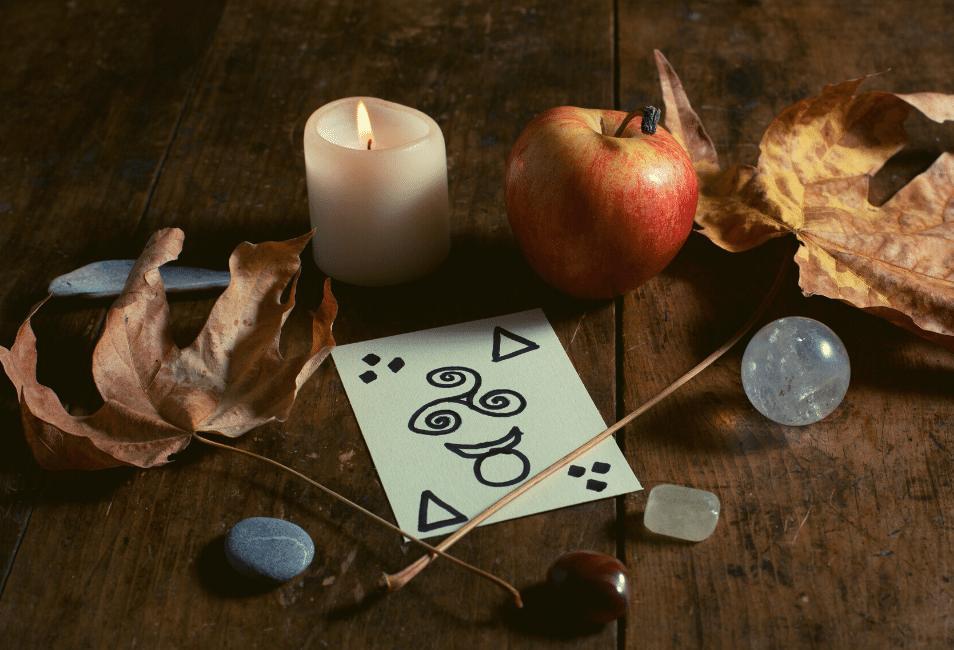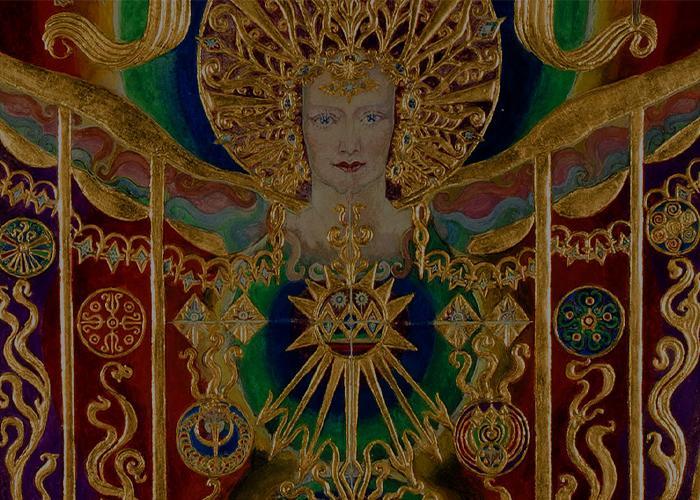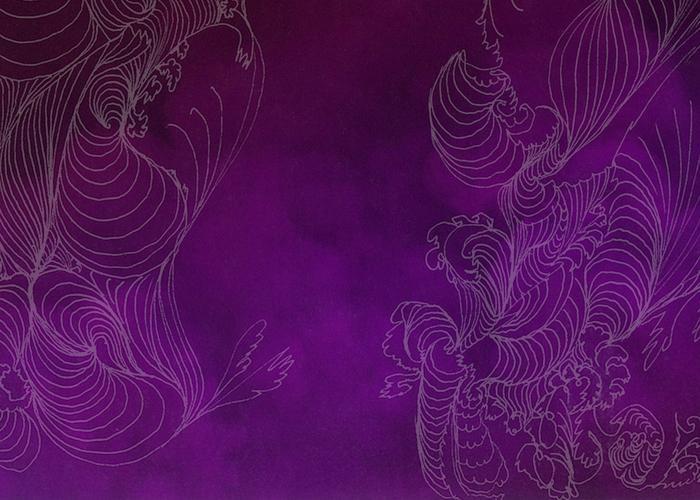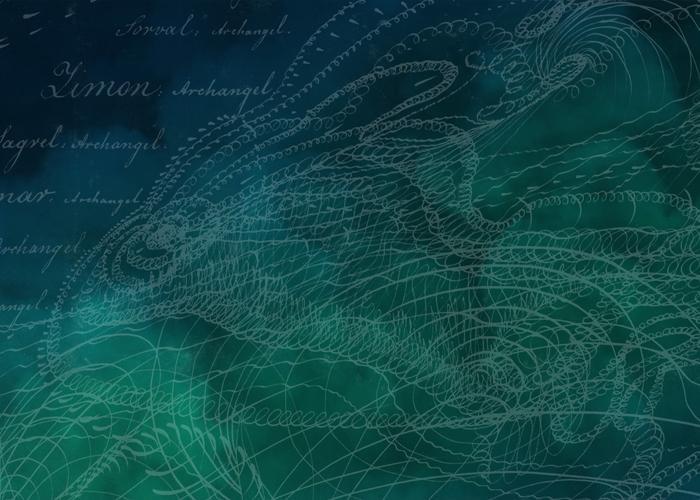In ancient Scandinavia, the end of autumn heralded a yearly highlight: the Álfablót or Elf Ritual. This Norse ceremony celebrates the álfar, or elves. As well as having a close connection to nature and fertility, the elves also offer a channel of communication with the dead. They link us with our ancestors. In an Álfablót, we make offerings to the elves and ancestors, seeking their blessings and protection. So what exactly happens at an Álfablót? We reveal the do's and don'ts of attending an Álfablót ritual, and why you should never pass up the opportunity to go along.
Every Álfablót is unique
The specifics of Álfablót rituals can vary between families and communities. There isn't a single standardised practice. Additionally, historical records of Álfablóts are limited, so we have little to go on for exactly how our Northern ancestors celebrated this special event. However, there are some fundamentals that you can expect from an Álfablót, namely offerings of food and drink, time for personal reflection, and the main ingredient - giving gratitude.
Essential Álfablót ingredients
Offerings: Álfablót typically involves making offerings to the álfar or elves and ancestors to thank them for their beneficence. These offerings may include food, drink, and other sacred items such as flowers or incense. The type of offerings can vary, but they are typically associated with nature, the harvest, abundance and fertility.
An altar: A sacred space or altar - called a 'harg' - is often set up for the ritual. This can be outdoors in a natural setting or indoors in the warmth. The harg may include symbols or representations of elves and nature, such as flowers and foliage as well as figurines, artwork and statues. It can also include relics and photographs from our family tree and community ancestors. Offerings of flowers, fruit and wine - which can include mead, a honey-based wine - are all welcome additions to the harg.
Blessings and invocations: Participants are invited to recite blessings or invocations to honour the álfar and seek their favour and protection. There are traditional Álfablót prayers, however many choose to write their own personalised wishes, blessings and intentions. The sacred Álfablót setting imbues these prayers with great potency.
Personal reflection: An Álfablót wouldn't be complete without some nourishing soul-reflection. Participants take time to reflect on their connection to nature, the land, and the álfar. This reflection can be done individually or as a group.
Libations: Pouring out a portion of the offered drink as a libation is a common practice in an Álfablót. This act symbolises sharing the offerings with the elves and the land.
Songs and chants: Traditional or improvised songs and chants may be sung during the ritual to create a sacred atmosphere and invoke the presence of the álfar. Drumming and rattles bring everyone into the spirit of Álfablót, and enhance the community mood.
Feasting: After the ritual, it is common for participants to share a communal meal together, often featuring the food and drink that were offered during the ceremony.
What to do at an Álfablót
As in many harvest traditions, we honour the bounty and abundance of nature in the spirit of community at an Álfablót. You do not need to bring anything, just yourself! You may also want to bring photos or small tokens to represent your ancestors. You can place these on the harg altar for blessings and healing. Some people bring offerings such as flowers, wine or mead which are also welcome additions to the harg altar, although this is entirely up to you. The most important ingredient of an Álfablót is to be present. You will learn something new and will receive the uplifting blessings of the elves and ancestors this ritual. Never turn down an invitation to an Álfablót - the elves would very much like to have you present.
Want to read more like this? Join our newsletter to keep in touch.




